In the digital age, science communication has evolved dramatically, with social media platforms becoming powerful tools for educating the public about complex scientific concepts. Paleontology—the study of prehistoric life through fossils—has particularly benefited from this transformation. Once confined to museum exhibits and academic journals, dinosaurs and ancient ecosystems now roar to life on screens worldwide thanks to passionate science communicators. These modern educators blend entertainment with accuracy, making extinct creatures and ancient worlds accessible to millions. From short-form TikTok videos to in-depth YouTube analyses, these six paleontology communicators are revolutionizing how we connect with Earth’s fascinating prehistoric past.
Dr. Ellie Sattler: Making Extinct Ecosystems Relevant Through TikTok

Dr. Ellie Sattler has transformed paleontological education with her innovative approach to TikTok content, amassing over 3.5 million followers in just two years. Holding a PhD in Paleobotany from the University of California, Berkeley, Dr. Sattler specializes in bringing ancient plant ecosystems to life through 60-second videos that use cutting-edge graphics and relatable modern comparisons. Her series “Mesozoic Monday” regularly goes viral by explaining how prehistoric plants influenced dinosaur behavior and evolution, making complex ecological concepts digestible for general audiences. What distinguishes Dr. Sattler is her ability to connect ancient climate patterns with current environmental challenges, giving her paleontological content contemporary relevance that resonates strongly with Gen Z viewers. Her collaborations with climate scientists have created a unique interdisciplinary approach that demonstrates why understanding extinct ecosystems matters in addressing today’s biodiversity crisis.
Brian Engh: Artistic Reconstructions That Bridge Science and Imagination

Brian Engh has carved out a distinctive niche as a paleoartist whose scientifically accurate reconstructions of prehistoric creatures have become a YouTube sensation. With his channel “The Past Is Alive,” Engh takes viewers through his meticulous artistic process, explaining the anatomical reasoning behind each brushstroke as he transforms fossil evidence into living, breathing creatures. His most popular series, which documents the creation of museum-commissioned murals and sculptures, combines time-lapse artwork with in-depth scientific explanations about muscle attachment points, skin textures, and behavioral hypotheses. What makes Engh’s content particularly valuable is his transparency about the speculative elements in paleoart, frequently discussing alternative interpretations and showing how discoveries can dramatically change our visualization of extinct animals. His collaborations with paleontologists ensure scientific rigor, while his background in illustration brings an aesthetic quality that makes prehistoric life emotionally resonant for his 780,000 subscribers across platforms.
Prehistoric Planet: Bringing Museum-Quality Content to Social Platforms
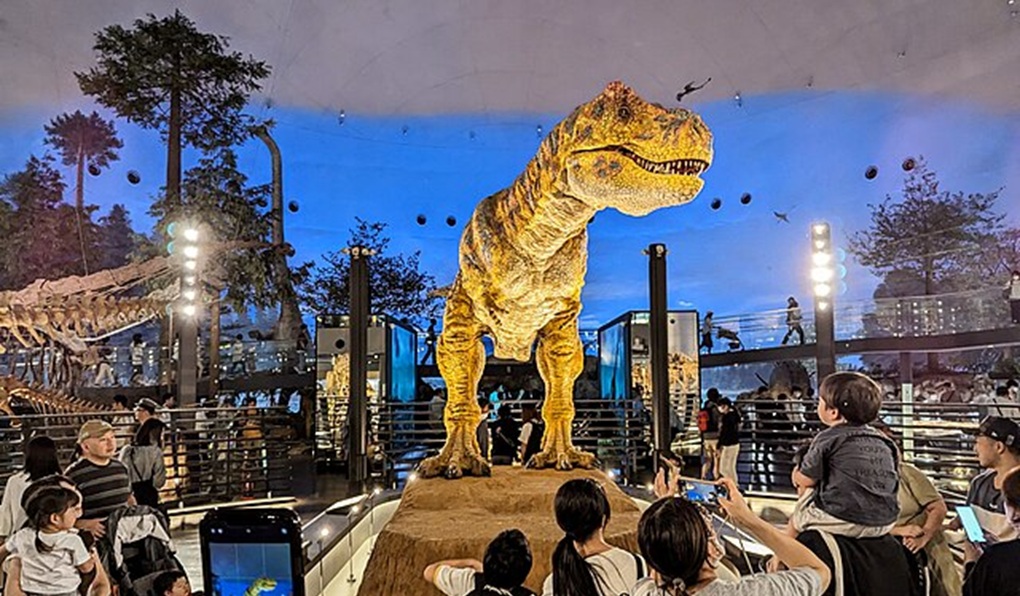
The team behind Prehistoric Planet has revolutionized paleontological education by adapting museum-quality content for social media consumption. Led by paleontologist Dr. Maya Santana, this collective of scientists, animators, and educators creates short documentary-style videos for TikTok, Instagram, and YouTube that maintain strict scientific accuracy while employing engaging storytelling techniques. Their signature “60-Second Species” series presents lesser-known prehistoric creatures with Hollywood-quality CGI animations condensed into minute-long educational bursts, making them perfect for social media sharing. What separates Prehistoric Planet from similar content creators is their direct connection to ongoing research—each video features recent discoveries or revisions to scientific understanding, often interviewing the researchers responsible for these breakthroughs. Their collaborative approach with museums worldwide, including exclusive behind-the-scenes footage of fossil preparation labs and field expeditions, gives audiences unprecedented access to how paleontological knowledge is created. The platform’s bilingual content in English and Spanish has significantly expanded paleontology’s reach to Spanish-speaking audiences globally.
Riley Black: Transgender Visibility in Science Communication

Riley Black has established herself as not only a respected paleontology communicator but also an important voice for diversity in science. As a transgender woman in paleontology, Black weaves inclusive storytelling throughout her YouTube channel “Past Meets Present,” where she explores prehistoric life with particular attention to challenging scientific assumptions. Her most acclaimed series examines how gender biases have historically affected interpretations of fossil evidence, from assumptions about dinosaur behavior to the overlooked contributions of women in paleontology’s history. Beyond identity representation, Black’s content stands out for its exceptional ability to explain complex taphonomic processes—how organisms become fossils—through inventive visual demonstrations and field visits that demystify the fossilization process. Having previously written for National Geographic and Scientific American, Black brings journalistic rigor to her social media presence, ensuring that her entertaining content never sacrifices scientific accuracy. Her cross-platform approach, with coordinated content across TikTok, YouTube, and her newsletter, creates an immersive educational experience that has attracted over 1.2 million followers collectively.
DinoSofia: Latin American Perspectives in Paleontology

Colombian paleontologist Sofia Ramirez, known online as DinoSofia, has distinguished herself by highlighting South American paleontological discoveries often overlooked in North American and European-centered science communication. Her bilingual content across YouTube, TikTok, and Instagram showcases the rich dinosaur and prehistoric mammal heritage of Latin America, bringing attention to important sites from Patagonia to Mexico. DinoSofia’s trademark field expedition videos take viewers into remote fossil locales with limited internet access, documenting the practical challenges and excitement of paleontological fieldwork in diverse environments from Andean highlands to Amazonian regions. What makes her content particularly valuable is her emphasis on indigenous knowledge systems and their historical contributions to fossil discoveries in Latin America, creating a more culturally inclusive narrative about who participates in paleontological science. Her collaborations with local museums throughout Latin America highlight collections rarely seen by international audiences, while her advocacy for the preservation of fossil sites threatened by development has mobilized her followers toward conservation efforts. Ramirez’s authentic approach to science communication, often filming with basic equipment under challenging field conditions, resonates with audiences seeking unfiltered insights into real paleontological practice.
The Dinosaur Hunter: Combining Field Experience with Digital Education
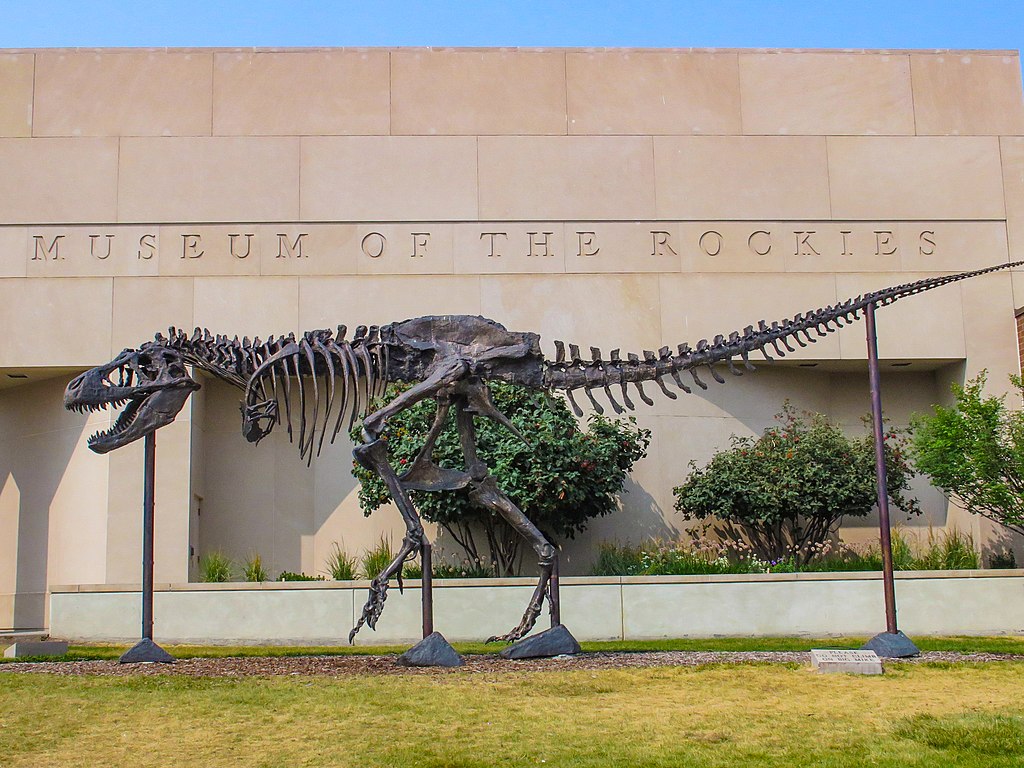
Dr. Thomas Richards, known to his 2.4 million YouTube subscribers as “The Dinosaur Hunter,” brings thirty years of field paleontology experience to his digital content, creating an unmatched authenticity in the science communication landscape. As the former lead paleontologist at the Museum of the Rockies, Richards leverages his extensive network to film behind-the-scenes content at active dig sites, preparation laboratories, and museum collections worldwide. His signature series “Dig Diaries” chronicles actual paleontological expeditions from inception to museum display, documenting every step from permit acquisition to the final scientific publication. Richards distinguishes himself through his focus on methodology, teaching viewers not just what we know about prehistoric life but how we know it, carefully explaining technologies like CT scanning, isotope analysis, and microscopy that form the backbone of modern paleontological research. His annual “Prep Lab Live” events, where he prepares real fossils while answering viewer questions in real-time, regularly attract hundreds of thousands of simultaneous viewers and have inspired numerous young people to pursue technical careers in fossil preparation. Richards’ ability to communicate complex scientific concepts without simplifying them beyond recognition has made his content valuable not just for general audiences but for university courses that incorporate his videos into their curriculum.
Reaching Generation Z Through Short-Form Paleontology Content

The explosion of paleontology content on TikTok represents a dramatic shift in how scientific knowledge reaches younger generations, with important implications for science literacy. Content creators in this space have mastered the art of compressing complex evolutionary concepts into videos under 60 seconds, often using popular music, humor, and visually striking graphics to maintain engagement. Research indicates these approaches are working—a 2022 survey found that 47% of American teenagers reported learning about a prehistoric animal for the first time through TikTok or Instagram Reels. The “reaction format,” where paleontologists critique dinosaur depictions in popular media, has proven particularly effective at teaching scientific accuracy through entertainment. What makes these short-form approaches successful is their ability to serve as “gateway content” that directs interested viewers toward more in-depth resources, with many creators strategically linking to longer YouTube videos or academic resources. The comment sections of these videos have evolved into impromptu educational forums where viewers ask sophisticated questions and often receive responses from the creators, extending the learning experience beyond the initial content.
The YouTube Revolution in Paleontological Depth
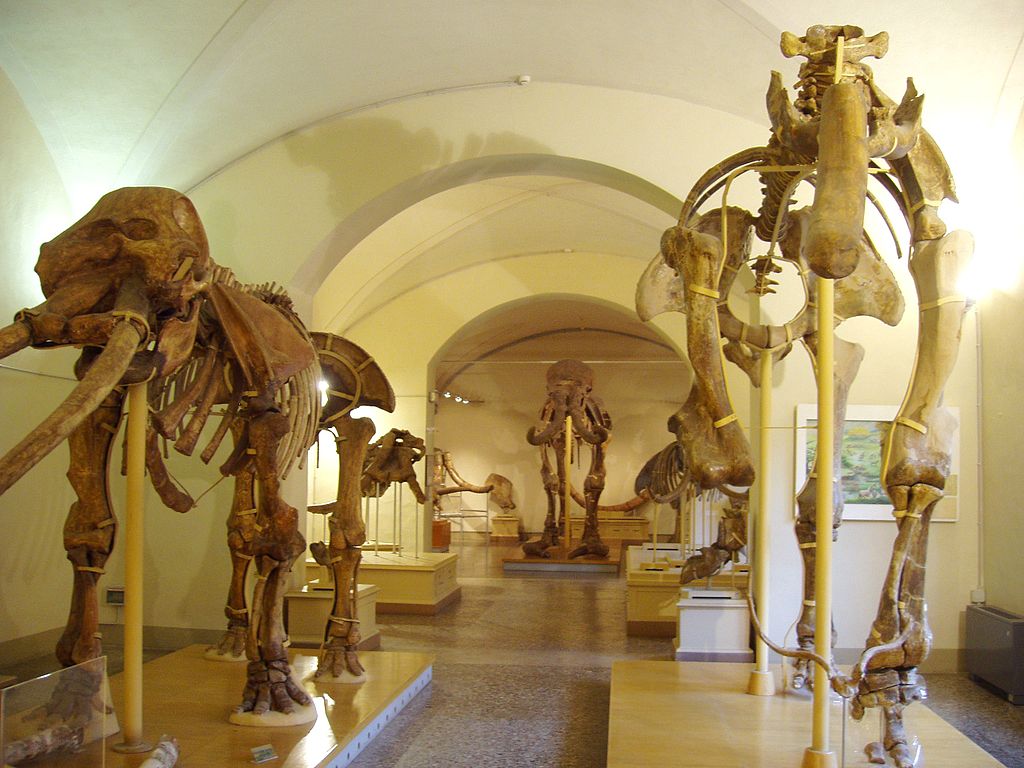
While TikTok excels at introducing paleontological concepts, YouTube has become the platform of choice for comprehensive education in the field, enabling a depth previously unavailable outside university settings. Long-form paleontology content, typically ranging from 20-60 minutes, allows creators to explore complex topics like cladistics, biomechanics, and evolutionary development with the necessary nuance these subjects require. The platform’s algorithm has unexpectedly benefited paleontology content by recommending increasingly specialized videos to interested viewers, creating self-directed learning pathways that progressively increase in complexity. Statistical analysis of viewer retention shows that, contrary to popular assumptions about short attention spans, paleontology videos exceeding 30 minutes often maintain 70% viewer retention when properly structured and visualized. The comment sections of these videos frequently evolve into sophisticated discussions where amateur enthusiasts interact with professional scientists, creating valuable community learning environments that supplement formal education. Many professional paleontologists now report that YouTube has become an important academic communication channel, with concepts first presented in videos later appearing in peer-reviewed publications after being refined through viewer feedback.
Accessibility and Democratization of Paleontological Knowledge
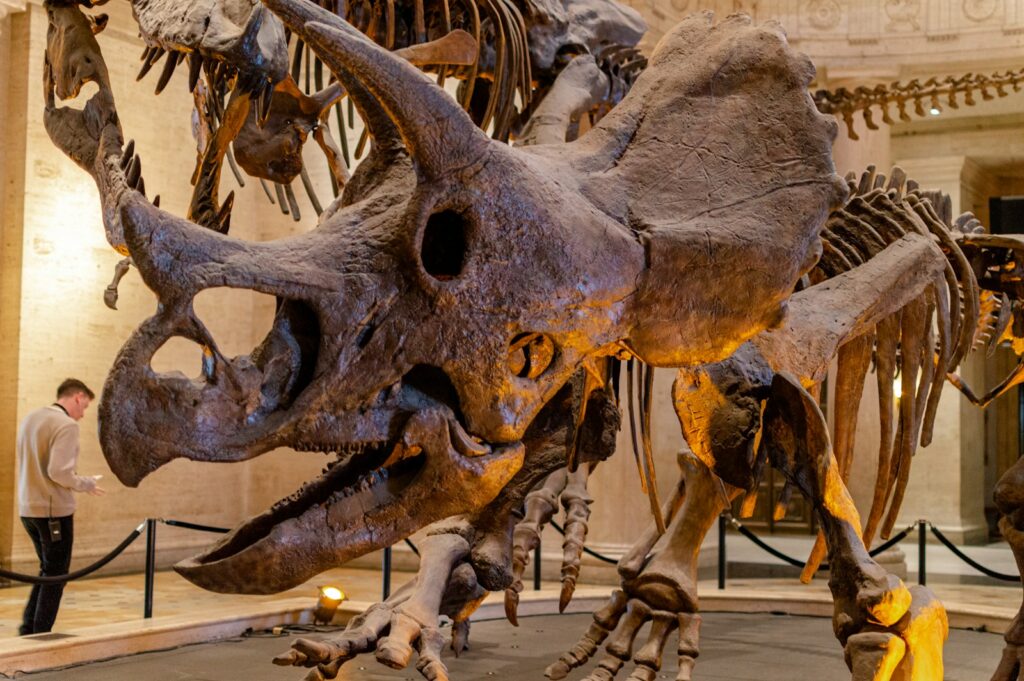
The social media paleontology movement represents a significant democratization of scientific knowledge, bypassing traditional gatekeepers and making current research available to demographics previously excluded from paleontological education. Creators who caption their content, provide transcripts, or create videos with American Sign Language interpretation have expanded access to deaf and hard-of-hearing communities who were historically underserved by audio-dependent museum exhibits and documentaries. The low-cost nature of accessing these platforms has particularly benefited students in regions with limited museum infrastructure or underfunded science education programs, with teachers in economically disadvantaged districts reporting increased incorporation of social media paleontology content in their curriculum. Many creators deliberately address different learning styles, creating visual demonstrations for visual learners, detailed verbal explanations for auditory learners, and suggested at-home activities for kinesthetic learners. The direct interaction between audience and creator has also proven valuable for English language learners, who can request clarification on scientific terminology and concepts in a low-pressure environment. This accessibility revolution extends to the creators themselves, with platforms enabling scientists from regions with limited research funding to share their discoveries globally without the financial barriers of traditional academic publishing.
Battling Misinformation in Paleontology Communication
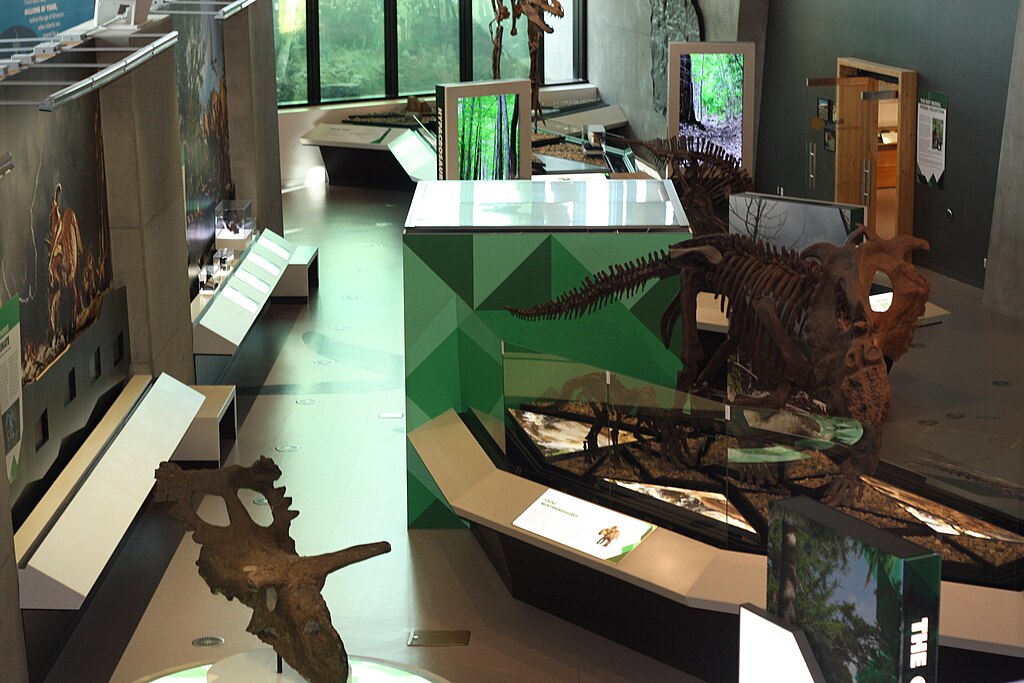
The rise of paleontology content on social platforms has created both opportunities and challenges regarding scientific accuracy, with creators developing innovative approaches to combat misinformation. Many leading paleontology communicators have formed informal fact-checking networks, collaboratively reviewing each other’s content before publication and publicly correcting inaccuracies when new research emerges. Some creators have developed visual literacy guides that teach viewers how to evaluate the scientific credibility of paleontological content they encounter online, explaining concepts like peer review and showing how to access primary literature through open-access repositories. The most effective communicators address misconceptions directly, creating dedicated “Myth Busting” series that tackle persistent inaccuracies about prehistoric life perpetuated by outdated textbooks and popular media. When platform algorithms promote sensationalized or inaccurate paleontology content, established creators often create response videos that correct misinformation while tagging the original content, effectively leveraging the same recommendation systems to provide correctives. These science communicators have also pioneered transparent approaches to uncertainty, explicitly identifying when they are presenting scientific consensus versus speculative interpretations, helping audiences develop a more sophisticated understanding of how scientific knowledge evolves.
From Followers to Fieldwork: Inspiring the Next Generation
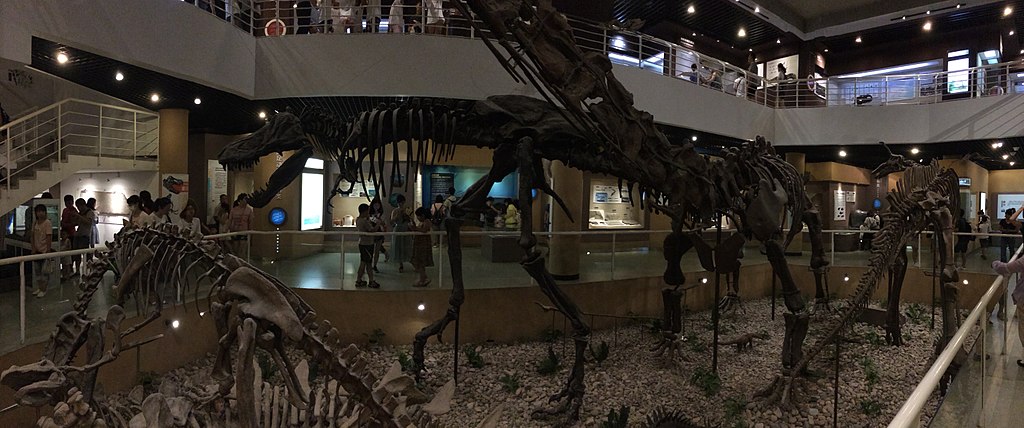
Perhaps the most significant impact of social media paleontology communication has been its role in inspiring career interest in paleontological sciences among young people. University paleontology programs report a measurable increase in applications, citing social media influences as their introduction to the field, with several departments establishing scholarships specifically for students who discovered paleontology through digital platforms. More tangibly, multiple university field expeditions now include positions specifically for social media followers who support excavations through crowdfunding initiatives, creating practical pathways from online engagement to hands-on participation in scientific research. The age demographics of paleontological societies and organizations have shifted noticeably younger over the past five years, with membership among 18to 225-year-olds increasing by 34% since 2019, according to the Society of Vertebrate Paleontology. Several major natural history museums have responded to this trend by creating permanent staff positions for digital science communicators, recognizing the value of maintaining an engaging online presence to sustain public interest and support. Beyond professional development, these platforms have stimulated amateur paleontology participation, with fossil clubs and citizen science projects reporting substantial membership growth driven by participants who first encountered paleontology on social media.
The Future of Digital Paleontology Communication

As digital platforms continue evolving, paleontology communication faces exciting new frontiers that promise to further transform public engagement with prehistoric life. Virtual reality applications developed by these communicators are already creating immersive experiences that allow viewers to walk among reconstructed prehistoric environments, with several museums partnering with YouTube creators to develop VR content that can be accessed globally. Augmented reality tools developed for smartphones enable users to place scientifically accurate dinosaur models in their environments, with some creators embedding educational information that appears when specific parts of the animal are selected. Interactive paleontology content is showing particular promise, with live-streamed fossil preparation sessions allowing viewers to vote on which techniques to use next or which specimens to prioritize, creating unprecedented public participation in actual scientific work. Several leading communicators are exploring artificial intelligence applications that could allow viewers to ask questions about specific prehistoric creatures and receive accurate, tailored responses based on current scientific understanding. As quantum computing and advanced visualization technologies become more accessible, paleontology communicators are positioned to create increasingly sophisticated simulations of biomechanics, ecosystem interactions, and evolutionary processes that will further revolutionize how the public understands and connects with Earth’s prehistoric past.
Conclusion
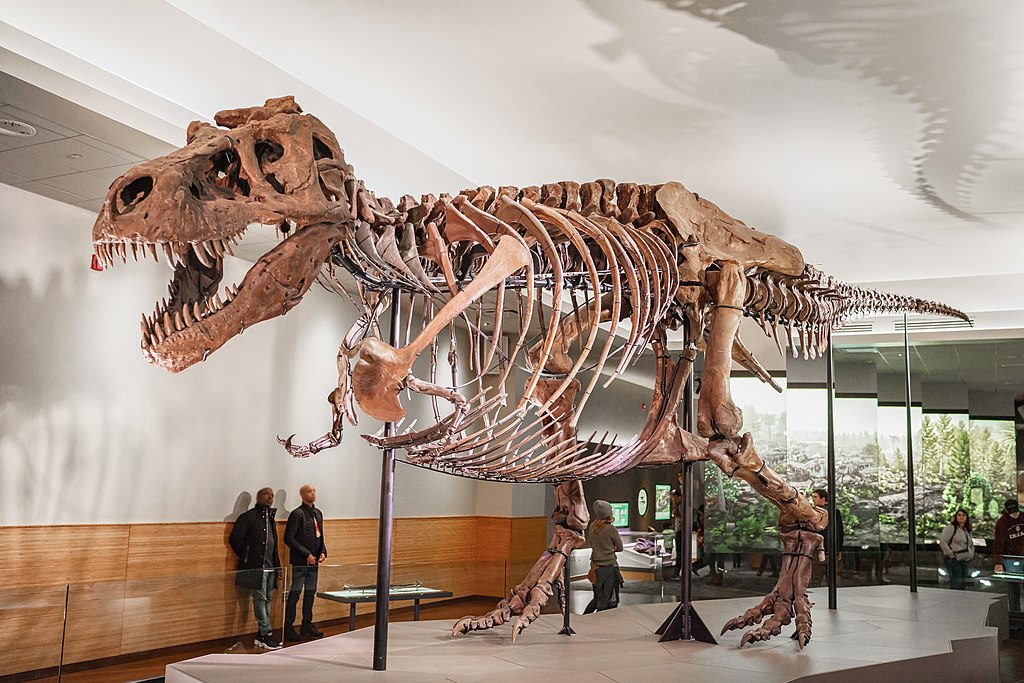
The democratization of paleontology through social media represents a remarkable evolution in science communication. These six innovative communicators have transcended traditional educational boundaries, bringing the wonders of prehistoric life to audiences who might never visit a natural history museum or read an academic journal. Their work demonstrates that effective science communication doesn’t require simplifying content to the point of inaccuracy—rather, it involves finding creative ways to make complex concepts accessible, relevant, and engaging. As digital platforms continue to evolve, these paleontology communicators are pioneering approaches that may well reshape science education more broadly. Their success reminds us that in an age of information abundance, the ability to captivate while educating remains a powerful tool for advancing scientific literacy and inspiring the next generation of researchers.




